 With a third of the world’s poor residing in south Asia, Bangladesh considerably contributes to this number. But the past few decades have seen a decline in this trend, as the population of individuals living in poverty has decreased from 44.2 million in 1991 to 28.1 million in 2010. In order to move to the status of a developed country, the number of women in the workforce has doubled, the economy is steadily growing, and Bangladesh has set a goal to end poverty by 2030.
With a third of the world’s poor residing in south Asia, Bangladesh considerably contributes to this number. But the past few decades have seen a decline in this trend, as the population of individuals living in poverty has decreased from 44.2 million in 1991 to 28.1 million in 2010. In order to move to the status of a developed country, the number of women in the workforce has doubled, the economy is steadily growing, and Bangladesh has set a goal to end poverty by 2030.
5 ways poverty has been reduced in Bangladesh:
1. The 1950s saw a recognition of the relationship between family and poverty. The government’s National Family Planning Association implemented a voluntary family planning program in 1953. The 21st century has grown this program, as contraception is prevalent among 42 percent of women and 4 million unwanted pregnancies were prevented in 2016. This program goes beyond population growth, as it keeps women in the workforce, therefore reducing their vulnerability to poverty.
2. Education continues to be a vessel of leaving poverty. The government of Bangladesh established the Primary Education Stipends program between 1990 and 2000. Impoverished families receive a cash stipend each month to send children to school. The program has abolished school fees and textbook fees, and has helped to train teachers. The program has also increased enrollment from 60 percent to 89 percent from 1990 to 2011.
3. UKAid’s Urban Partnership for Poverty Reduction project was created to assist aspiring entrepreneurs in poverty. A grant is awarded, and the recipient usually matches the amount. The program has awarded 55,000 grants in the past five years. The grants are used in a variety of ways, but are commonly used to help people in poverty follow their dreams of starting a business.
4. Taking an unusual approach to fighting poverty, the United Nations Development Program began to compile data about producers, traders, and other professions involved in trade. To date, the project has collected the stories of 200 individuals in poverty. The vision of the project is to raise awareness of all the workers who still live in extreme poverty, and from there find solutions to the problems of impoverished farm workers.
5. Created to facilitate poverty reduction worldwide, the Millennium Development Goals have been tailored by UNICEF to fit Bangladesh. The program aims to reduce the micronutrient deficiencies among impoverished children. In addition, the goals have been altered to include a goal of 95 percent school enrollment rate, 85 percent completion rate, and provides non-formal primary education to 200,000 working children between the ages of 10 and 14.
Bangladesh has suffered the effects of poverty for generations. These programs have worked to fix the problem and are moving Bangladesh forward. With the number of people in poverty diminishing, these 5 ways of reducing poverty in Bangladesh are doing exactly what they set out to do.
– Sophie Casimes
Photo: Flickr
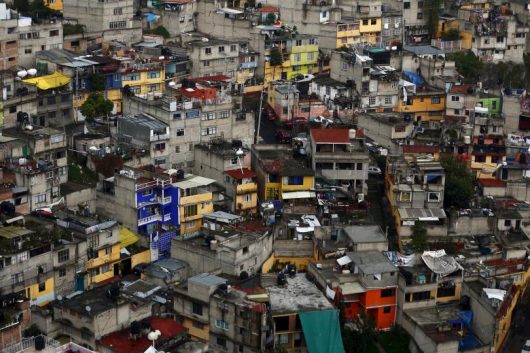 Mexico has the highest
Mexico has the highest  What do most developing countries have in common that most developed countries do not? Global poverty is a complex issue that involves many historical, regional and social factors. One important factor that most developing countries have in common is a history of
What do most developing countries have in common that most developed countries do not? Global poverty is a complex issue that involves many historical, regional and social factors. One important factor that most developing countries have in common is a history of 
 According to the World Bank, financial inclusion is the point at which individuals and businesses in disadvantaged or low-income societies have access to affordable financial products and services. Financial inclusion in Jordan is increasingly important for economic growth, where
According to the World Bank, financial inclusion is the point at which individuals and businesses in disadvantaged or low-income societies have access to affordable financial products and services. Financial inclusion in Jordan is increasingly important for economic growth, where 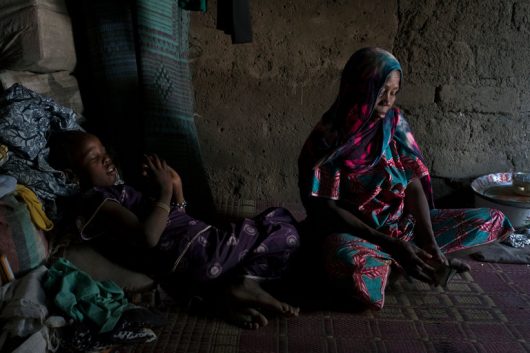 The statistics say it all: with
The statistics say it all: with 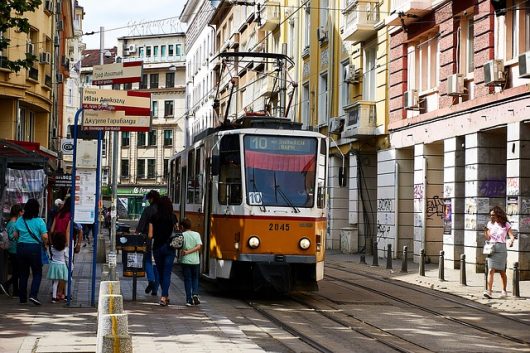 Bulgaria is situated on the Black Sea, to the north of Turkey and Greece and to the south of Romania and Serbia. This country’s location on the Black Sea and on the Danube River provides a beautiful, picturesque landscape. Not as beautiful is the fact that Bulgaria has been named the
Bulgaria is situated on the Black Sea, to the north of Turkey and Greece and to the south of Romania and Serbia. This country’s location on the Black Sea and on the Danube River provides a beautiful, picturesque landscape. Not as beautiful is the fact that Bulgaria has been named the 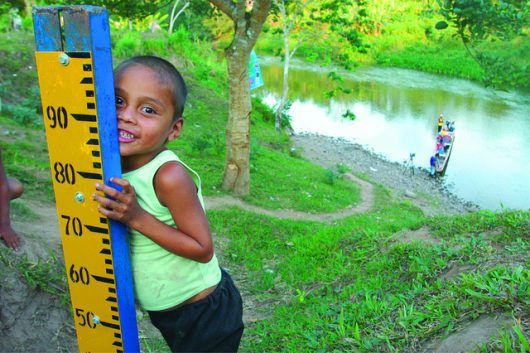 While the
While the 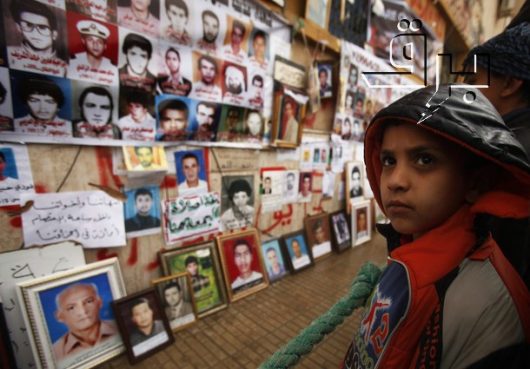 Why is Libya poor? Before NATO’s intervention in 2011, it wasn’t. Per capita income stood at almost $12,000, making Libya the wealthiest country in Africa. By 2016, however, five years into its civil war, the average Libyan earned just more than
Why is Libya poor? Before NATO’s intervention in 2011, it wasn’t. Per capita income stood at almost $12,000, making Libya the wealthiest country in Africa. By 2016, however, five years into its civil war, the average Libyan earned just more than 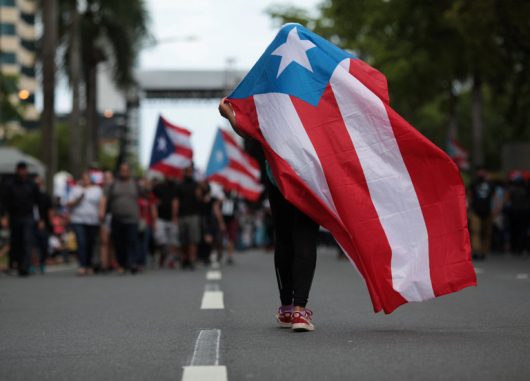 With more than $70 billion in debt and three defaulted bond payments, Puerto Rico is in a debt crisis. Almost half of the population of Puerto Rico is in poverty, according to the U.S.Census. There are five main causes of
With more than $70 billion in debt and three defaulted bond payments, Puerto Rico is in a debt crisis. Almost half of the population of Puerto Rico is in poverty, according to the U.S.Census. There are five main causes of 